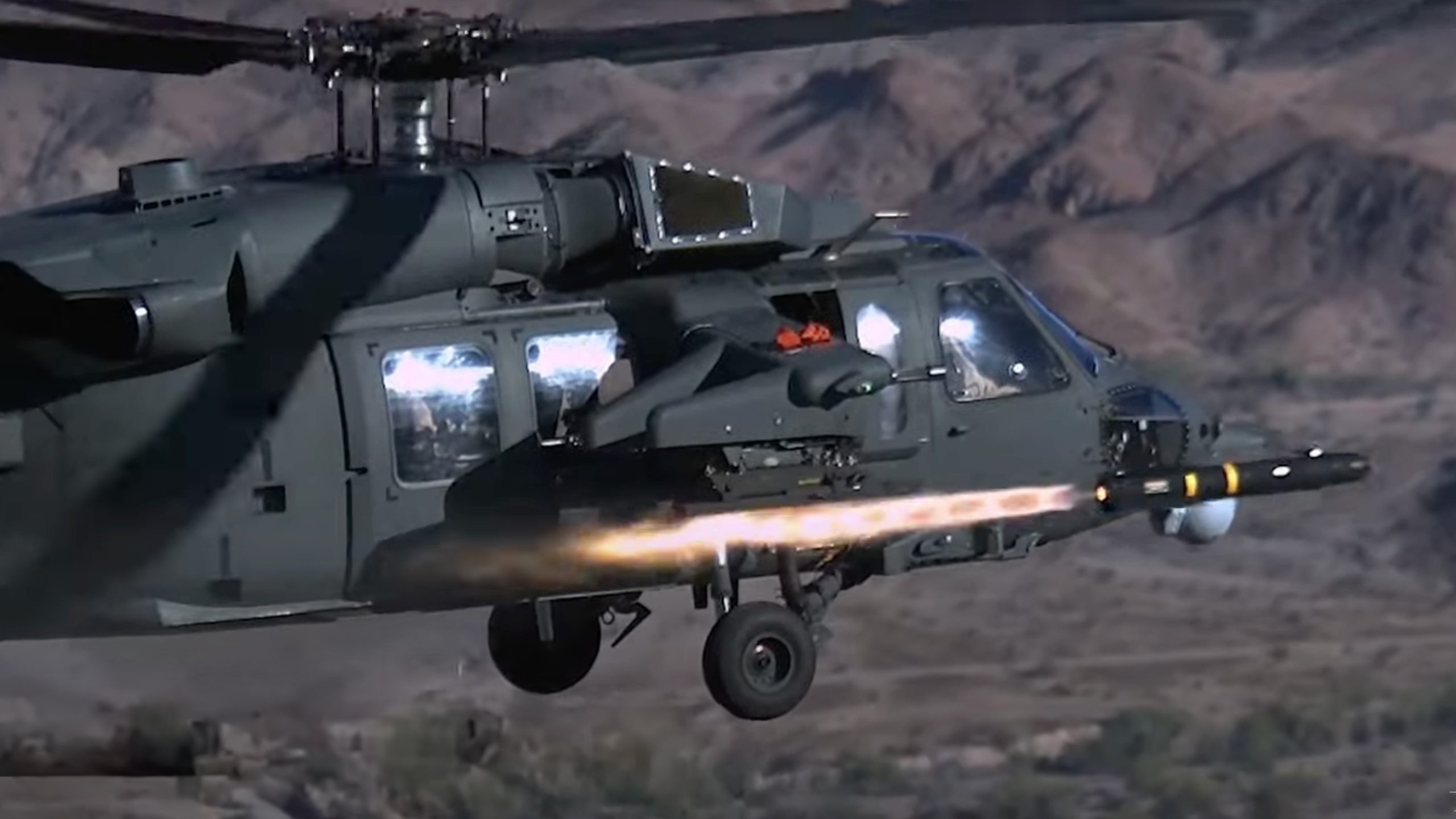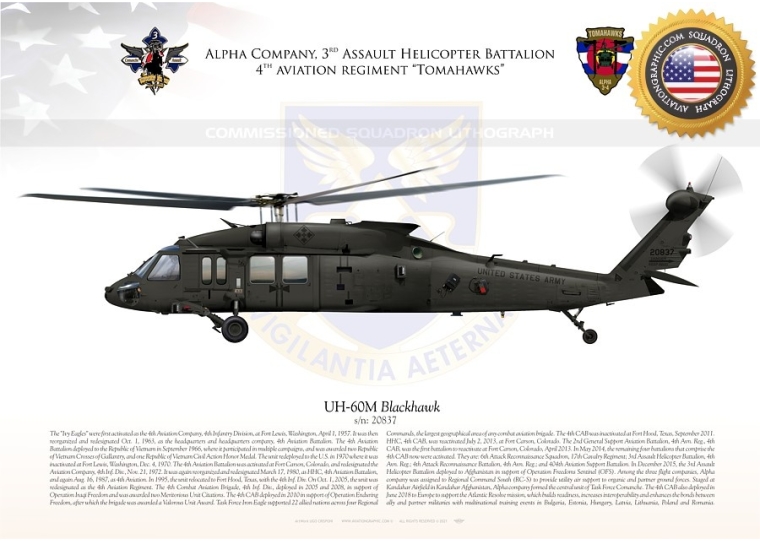Why the UH 60 Helicopter is Critical for Modern Military Operations
Why the UH 60 Helicopter is Critical for Modern Military Operations
Blog Article
Whatever You Required to Learn About the UH 60 Helicopter
The UH-60 helicopter, a foundation of U.S. Army air travel because its debut in 1979, represents an amazing mix of design and functional convenience. As army needs advance, so too does the helicopter, with ongoing advancements aimed at enhancing its abilities and incorporating contemporary technologies.
Background of the UH-60
Created in the late 1970s, the UH-60 Black Hawk helicopter arised as a feedback to the U.S. Military's need for a versatile utility helicopter that could perform a range of missions under tough conditions. The incentive for its layout was the shortcomings determined in the earlier helicopters utilized during the Vietnam War, particularly in regards to maneuverability, survivability, and rate.
The Black Hawk was made by Sikorsky Airplane, incorporating advanced technologies and products to enhance its efficiency and resilience. It was officially introduced right into solution in 1979, rapidly coming to be a critical property for army procedures - uh 60. Its capacity to carry troops, medical evacuation, and logistical assistance in both battle and altruistic objectives made the Black Hawk an indispensable component of the united state Army's air travel fleet
Throughout the years, the UH-60 has actually been continually updated, adjusting to the transforming nature of warfare and the developing requirements of modern-day army operations. Its functional history includes participation in major conflicts, peacekeeping goals, and disaster alleviation efforts, solidifying its credibility as a trustworthy and efficient helicopter in numerous settings worldwide.

Style and Specs
The design of the UH-60 Black Hawk helicopter consistently reflects a dedication to functional efficiency and adaptability. Developed by Sikorsky Airplane, this medium-lift utility helicopter features a smooth, wind resistant body that improves speed and maneuverability. Its tandem rotor system, defined by 2 counter-rotating blades, minimizes vibration and raises lift capability, permitting much safer operations in diverse environments.
The UH-60 is powered by 2 T700-GE-701C turboshaft engines, offering an optimum rate of roughly 180 knots and a variety of around 400 maritime miles. Its robust airframe is constructed from innovative composite materials, ensuring durability while maintaining a reasonably low weight. The helicopter has an optimum gross weight of concerning 22,000 extra pounds, supporting a flexible haul arrangement.

Missions and functions
A functional platform, the UH-60 Black Hawk helicopter serves a multitude of duties and objectives within armed forces operations. Designed mainly for army transportation, it can lugging approximately 11 soldiers, making it a vital possession for fast implementation and logistical assistance.
In enhancement to army transportation, the UH-60 succeeds in clinical evacuation (MEDEVAC) objectives, outfitted with innovative clinical tools to offer important treatment throughout transit. Its ability to operate in varied atmospheres improves its effectiveness in fight search and rescue (CSAR) operations, where quick extraction of employees is essential.
The helicopter additionally plays a substantial function in reconnaissance and monitoring goals, using onboard sensing units and equipment to gather intelligence. Its flexibility expands to logistical support, capable of moving supplies and tools to onward running bases.
In fight procedures, the UH-60 can be outfitted with different tool systems, enabling it to provide close air assistance. Its multi-role ability makes the Black Hawk an indispensable tool for modern-day military pressures, adapting effortlessly to the evolving needs of battlefield circumstances and making sure goal success throughout a variety of functional contexts.
Efficiency and Capabilities
Known for its robust performance, the UH-60 Black Hawk helicopter flaunts impressive capabilities that improve its operational efficiency across various objectives. uh 60. This multi-role airplane is equipped with powerful twin-engine Turbomeca Arriel 1D1 engines, offering extraordinary rate and maneuverability, with an optimum cruise ship rate of approximately 150 knots and a functional variety of around 400 maritime miles
The Black Hawk's sophisticated avionics and fly-by-wire control systems significantly enhance flight security and handling, enabling it to operate in diverse atmospheres, consisting of damaging climate condition. Its flexibility is additional exemplified by its capability to carry as much as 11 fully furnished soldiers or a payload of around 8,000 extra pounds, making it suitable for army transport, clinical discharge, and logistical support goals.
Additionally, the UH-60 is developed for survivability, featuring strengthened airframes, ballistic defense for crew and travelers, and progressed countermeasure systems to escape hazards. The helicopter's agility and speed, integrated with its ability for rapid implementation, make it a vital possession in modern-day army procedures, ensuring that it stays a crucial element of tactical air support and battleground flexibility.
Future Developments

One considerable focus is the assimilation of sophisticated avionics systems, which will certainly enhance situational understanding via boosted navigating and communication capabilities. This consists of the prospective use expert system to assist pilots in decision-making and mission preparation.
Furthermore, future variants might incorporate innovative materials and layout features to boost the helicopter's longevity and decrease its radar trademark, enhancing survivability websites in opposed settings.
The introduction of hybrid-electric propulsion systems is likewise coming up, aiming to boost fuel effectiveness and reduce logistical concerns. Such developments might extend operational array and reduce the helicopter's environmental impact.

Final Thought
The UH-60 helicopter stands for a substantial advancement in military air travel since its introduction in 1979. The UH-60's withstanding visibility underscores its vital duty in modern-day military operations and highlights the ongoing advancement of army air travel technology.
The UH-60 helicopter, a cornerstone of U.S. Military aviation because its launching in 1979, stands for an exceptional mix of design and operational flexibility. As armed forces demands develop, so too does the helicopter, with recurring innovations intended at enhancing its capabilities and incorporating modern-day technologies.The design of the UH-60 Black Hawk helicopter constantly mirrors a commitment to operational efficiency and adaptability. Created by Sikorsky Airplane, this medium-lift utility helicopter includes a sleek, wind resistant fuselage that boosts speed and maneuverability.The UH-60 helicopter stands for a considerable development in armed forces air travel given that its introduction in 1979.
Report this page